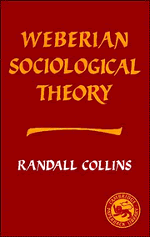9 - Heresy, religious and secular
Published online by Cambridge University Press: 01 June 2011
Summary
What is a heresy? It is an idea, a doctrine, or a symbolic action that provokes righteous anger and often violent repression. A heresy is not simply a position in intellectual discussion. The sides are already firmly chosen. Debate consists rather in showing deviation from canonical principles, and in name-calling. Pronouncing the name of a heresy in an angry tone is the last word in debating tactics: You are but an Albigensian! … a Manichee! … a Communist! … a Trotskyite!
The procedure is ritualistic in the Durkheimian sense. The conflict concerns group membership. The doctrine or gesture symbolizes the group and its standards of loyalty; it is a traditional formulation used on ritual occasions, and to depart from the accepted formula is to challenge the group structure: to split it, change its organization, or put forward a new leadership. Hence heresy debate is more than intellectual. The symbols are not necessarily matters of concern in themselves but are vehicles for organizational power and politics. Hence also the prevailing tone of righteous anger. Anger is the automatic response to a moral violation, the shattering of expected social solidarity. That this shades over into repressive violence is not surprising. For if morality extends only up to the boundary of the group, to break from the group puts one beyond the moral pale; those within can feel completely righteous in any degree of cruelty perpetrated against those who reject its community.
- Type
- Chapter
- Information
- Weberian Sociological Theory , pp. 213 - 246Publisher: Cambridge University PressPrint publication year: 1986
- 1
- Cited by



